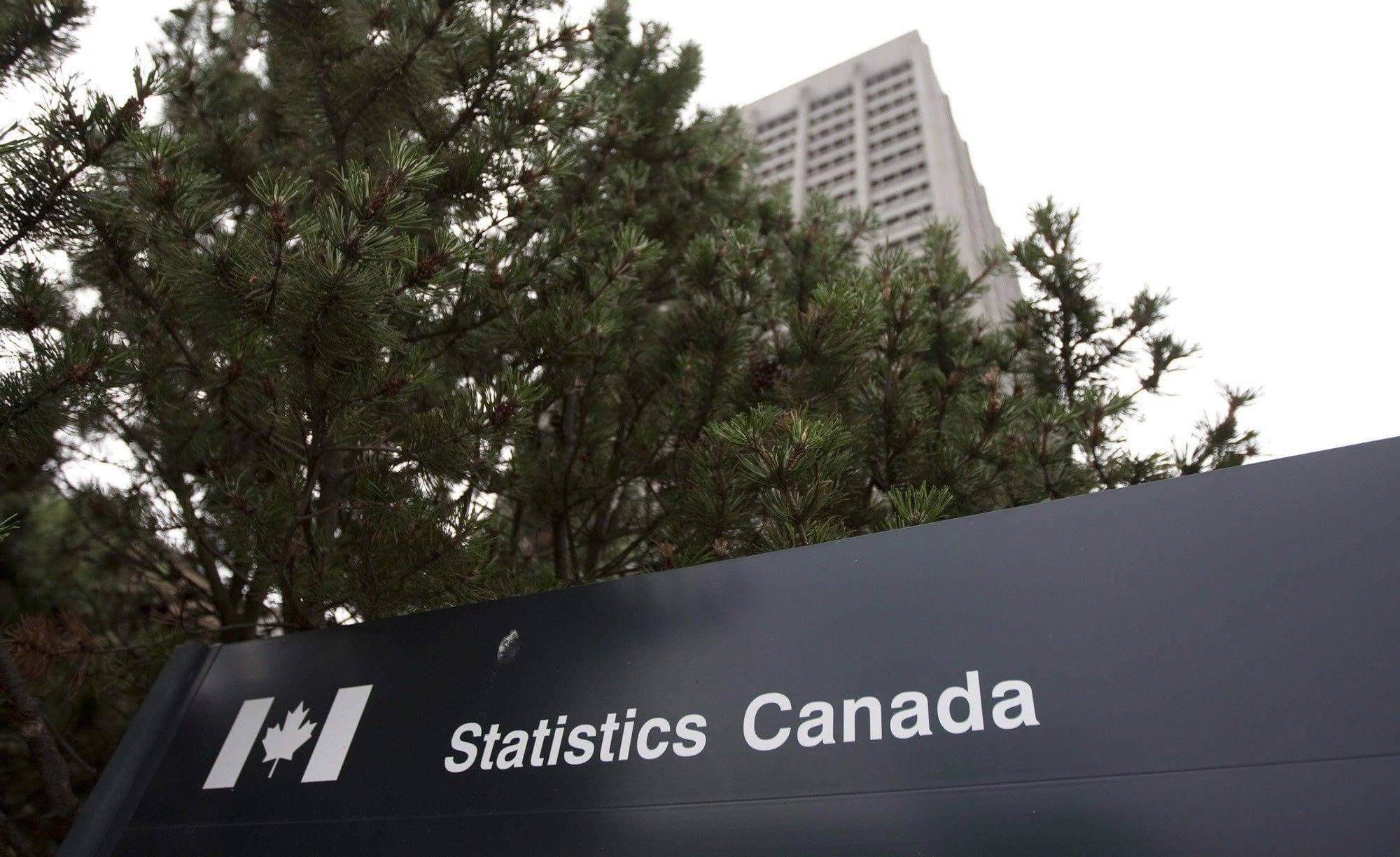This article originally appeared in the Financial Post. Below is an excerpt from the article.
By Philip Cross, May 31, 2024
Anil Arora recently quit as chief statistician of Canada, saying “I wanted to leave the place a little bit better than I found it.” It’s far from clear he did. After many years with a pristine reputation, Statistics Canada is increasingly mired in controversy and poor leadership is a big reason why.
Chief statisticians are much more powerful than their limited public visibility might suggest. Statistics Canada’s ruling policy committee, composed of the chief and six assistant chief statisticians, functions much like former U.S. President Abraham Lincoln’s wartime cabinet: after polling its members, who unanimously rejected the Emancipation Proclamation, Lincoln concluded: “Seven nays and one aye; the ayes have it.”
Leaving abruptly under opaque circumstances is becoming a habit for chief statisticians. Wayne Smith resigned in 2016 in a petty squabble with Prime Minister Justin Trudeau’s government over tech support, a selfless stand that drew no public or professional support. It is as likely his departure reflected a guilty conscience for having publicly defended the voluntary National Household Survey (NHS) that replaced the mandatory long-form Census in 2011.
***TO READ THE FULL ARTICLE, VISIT THE FINANCIAL POST HERE***






